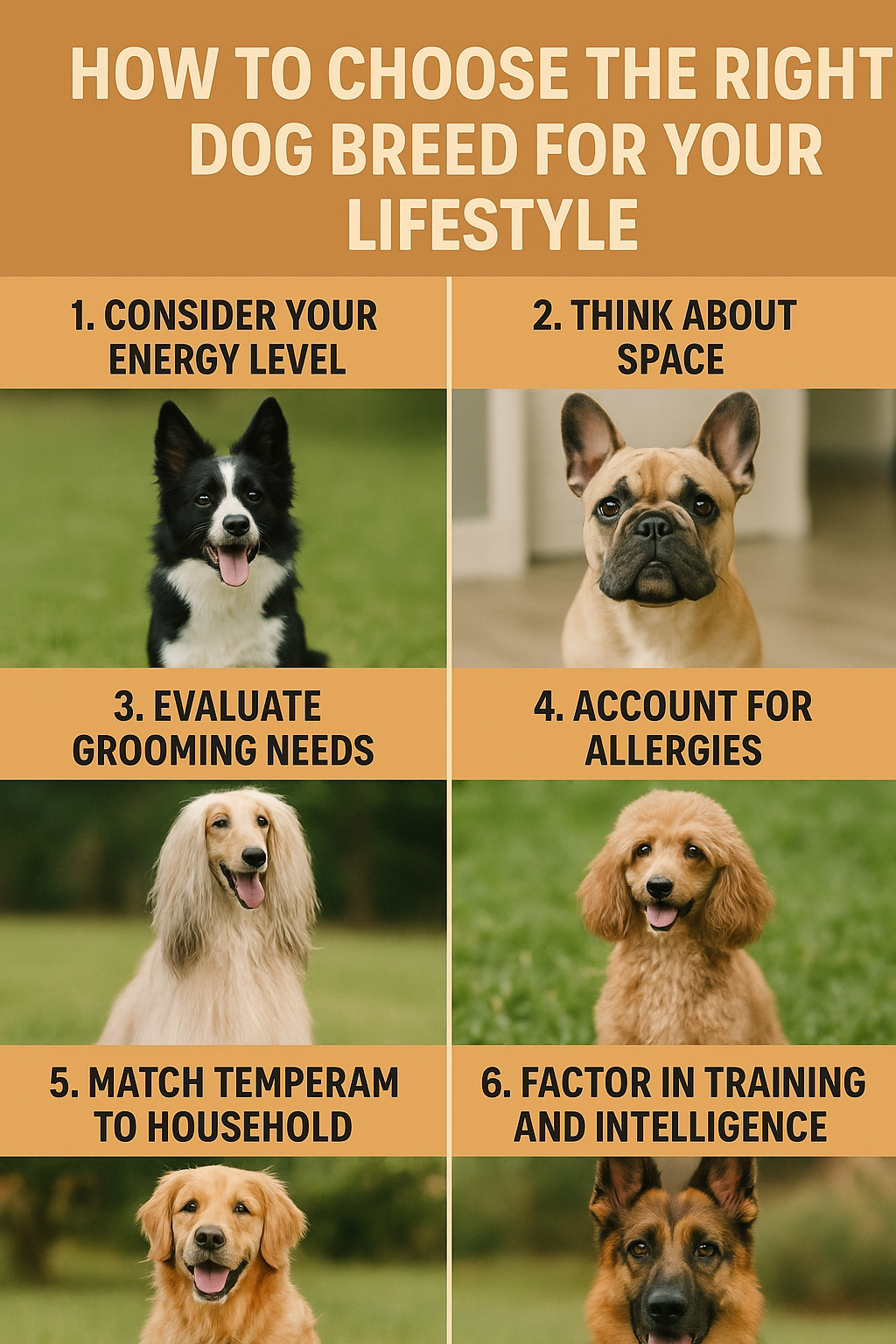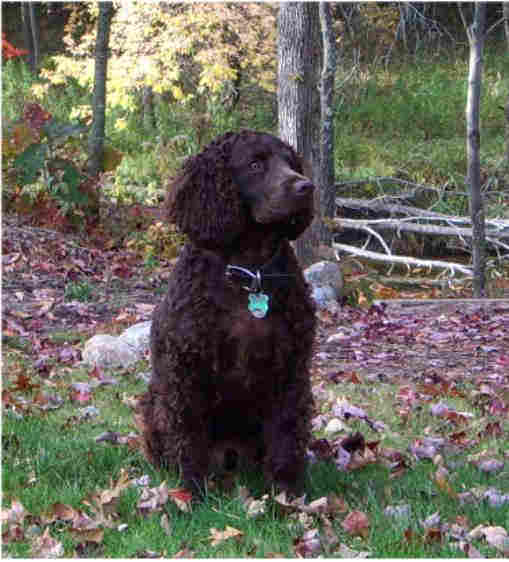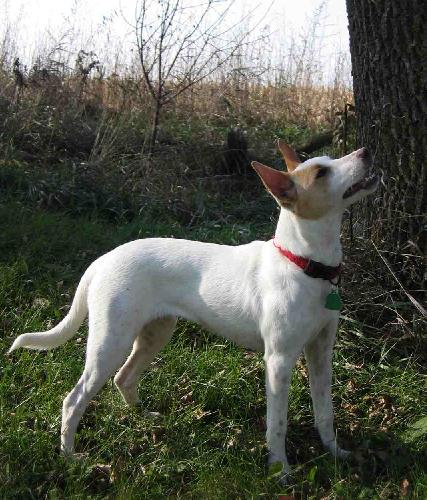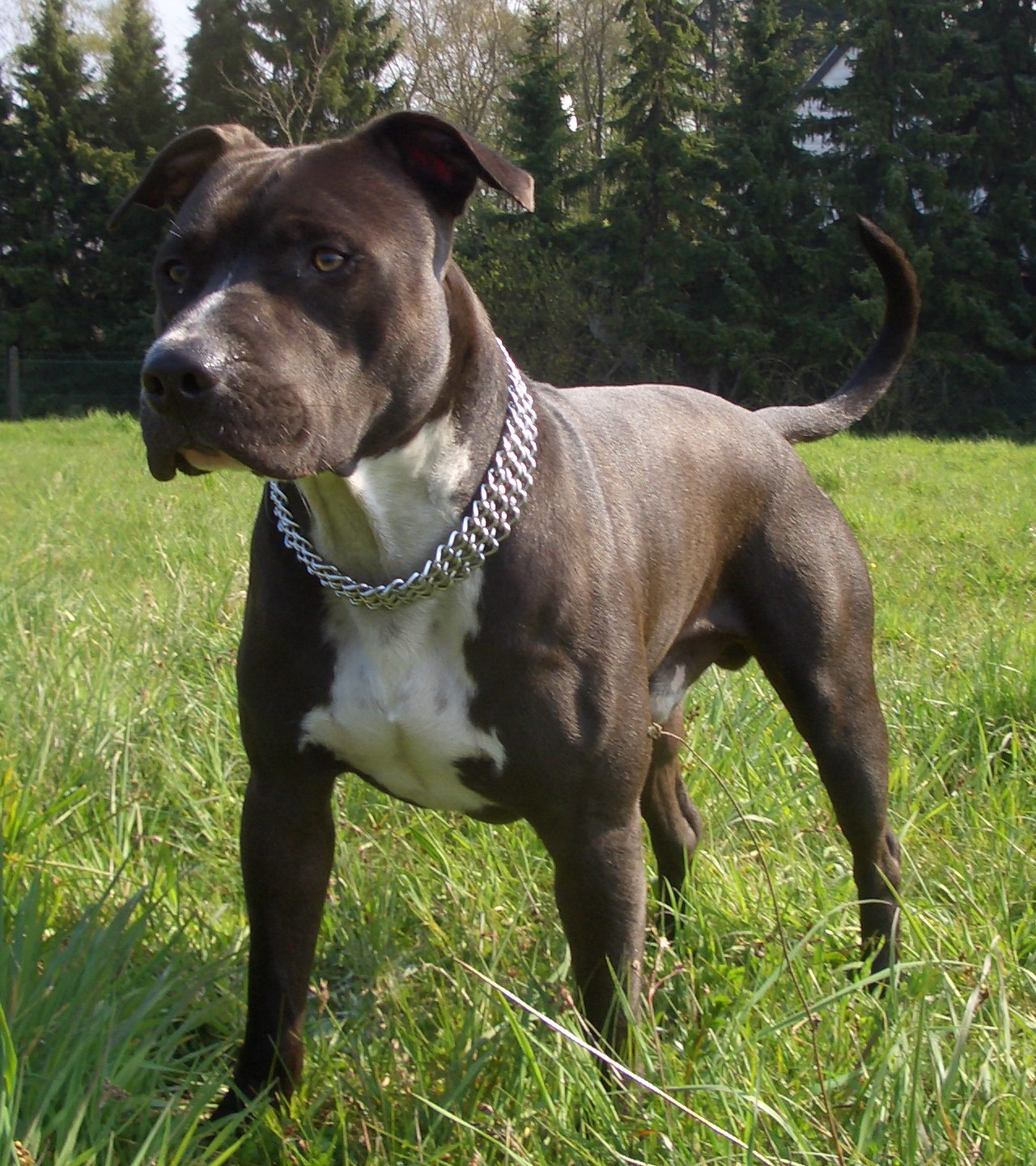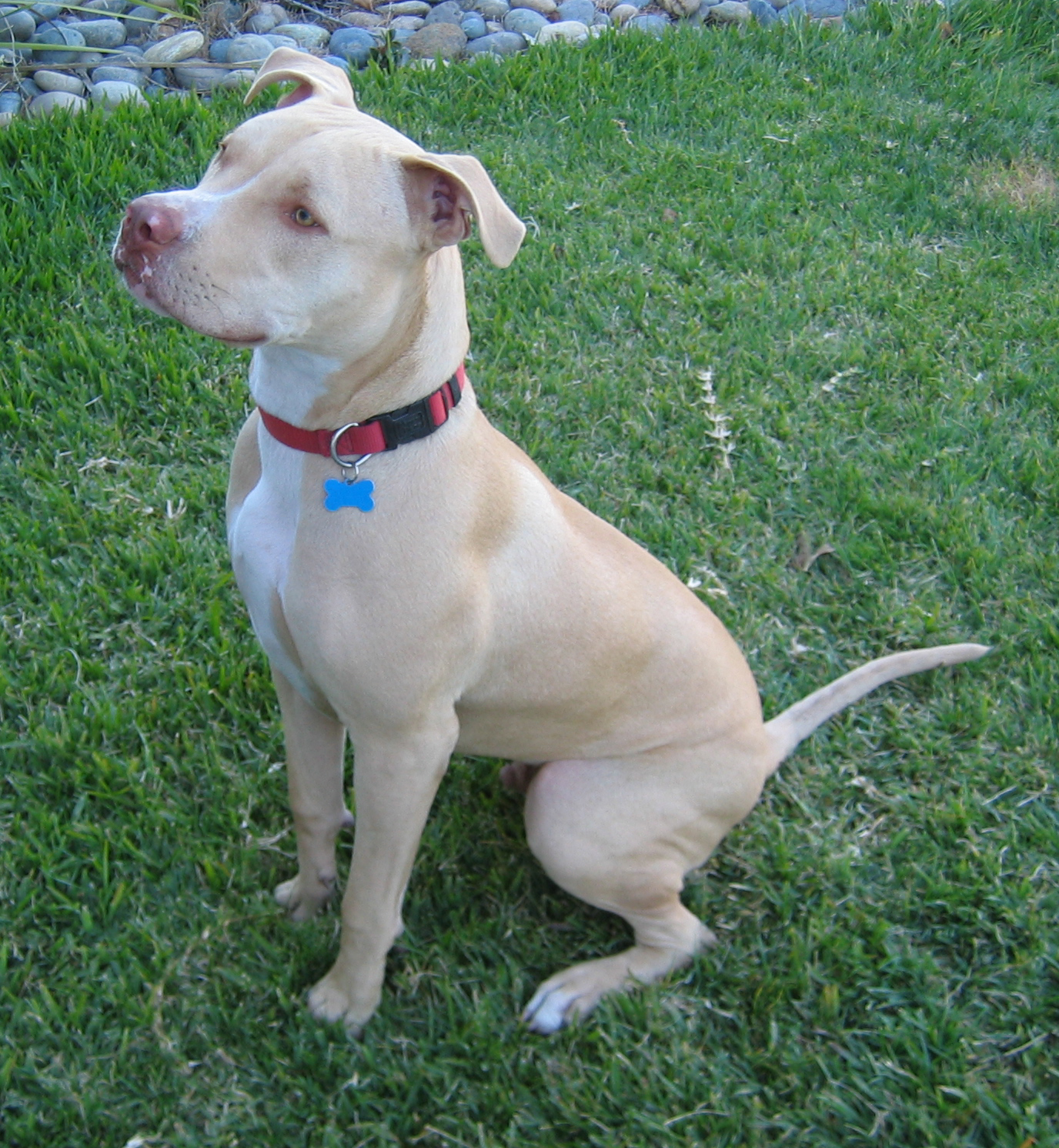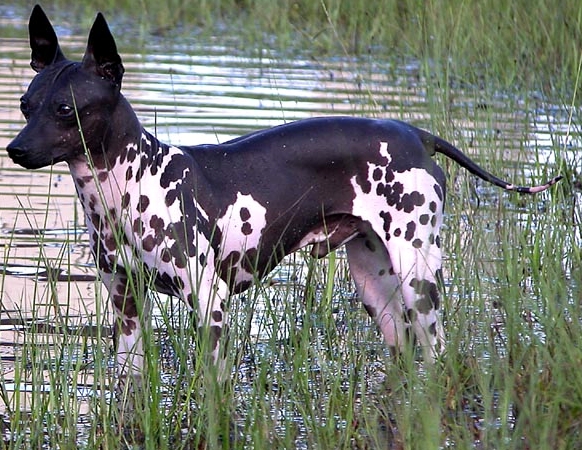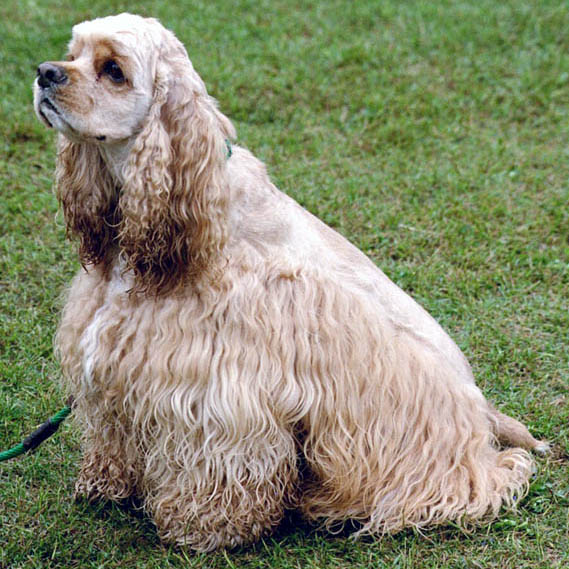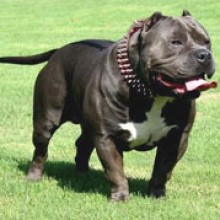When it comes to choosing a dog, there's often more to consider than just personality and size. Misconceptions surrounding certain dog breeds can create unjust fear and stigma, leading to misinformed decisions and unfair treatment. In this post, we’ll take a look at some of the most misunderstood dog breeds and break down the reasons behind the common misconceptions. Let’s dive into why these loyal companions often get a bad rap and how you can help change the narrative.
1. Pit Bull Terrier – Not the Monster They’re Made Out to Be
Perhaps one of the most misunderstood dog breeds, Pit Bulls have earned a reputation for aggression, but is that really justified? The truth is, Pit Bulls are no more dangerous than any other breed—they simply get a bad reputation due to media portrayals of dog attacks and irresponsible ownership.
Why They Get It Wrong:
- Media Bias: Negative stories involving Pit Bulls often dominate the headlines, even though many breeds are involved in attacks.
- History of Misuse: Pit Bulls were once bred for bull-baiting and dog fighting, which has contributed to their aggressive image. However, responsible breeding practices and proper training can lead to affectionate, loyal pets.
The Truth:
Pit Bulls are incredibly loving and devoted to their families. With the right training and socialization, they thrive as family pets and even make great companions for children. It’s essential to judge each dog as an individual rather than relying on stereotypes based on breed.
2. Rottweiler – Gentle Giants at Heart
Rottweilers, like the Pit Bull, are often associated with aggression, but this stereotype is far from the truth. Rottweilers are known for their strength, loyalty, and protective nature, but they are not inherently aggressive.
Why They Get It Wrong:
- Overprotectiveness: Rottweilers are naturally protective of their family members, which can be mistaken for hostility, especially if they are not well-socialized.
- Misguided Owners: Like many powerful breeds, a lack of training or socialization can lead to behavioral issues, but this is not a breed-specific trait—it’s a result of poor ownership.
The Truth:
With proper training and positive reinforcement, Rottweilers are affectionate, calm, and incredibly loyal. They are highly intelligent and thrive in environments where they have a job to do, such as herding, guarding, or assisting in service roles. They make wonderful family pets when given the right guidance.
3. Doberman Pinscher – More Than Just a Guard Dog
Known for their sleek coat and powerful physique, Dobermans often scare people away due to their association with being “attack dogs.” However, this breed has a lot more to offer than just intimidation.
Why They Get It Wrong:
- Guarding Instincts: Dobermans are often bred for protection work, which makes them naturally alert and cautious around strangers. However, this instinct can be misinterpreted as aggression.
- Misuse in Popular Culture: The Doberman has frequently been depicted as the villain in movies and TV shows, cementing its reputation as a dangerous dog.
The Truth:
While Dobermans are protective, they are also incredibly loving and loyal to their families. They are intelligent and thrive on mental stimulation, making them great companions for active families or individuals. With early socialization and obedience training, Dobermans are known for their affectionate and even playful nature.
4. Chihuahua – Tiny But Feisty, Not Always Aggressive
Chihuahuas are famous for being small, but they’ve also earned a reputation for being aggressive and yappy. However, this reputation isn’t a reflection of all Chihuahuas.
Why They Get It Wrong:
- Small Dog Syndrome: Small dogs like Chihuahuas often feel the need to overcompensate for their size, which can lead to behaviors like excessive barking, growling, or guarding.
- Overindulgence by Owners: Many Chihuahuas are spoiled by their owners, which can cause them to act out with bad behavior, but this is often a result of lack of boundaries rather than the dog’s true temperament.
The Truth:
Chihuahuas are often affectionate and very loyal to their owners, but like any dog, they need proper training and socialization. When raised in a positive, loving environment, Chihuahuas can be calm and friendly, and they form strong bonds with their families. Their small size doesn’t mean they’re any less capable of being loving companions.
5. Dachshund – Not Just a Lap Dog
The Dachshund might be tiny, but its personality is much larger than life! Despite their adorable appearance and love for cuddling, Dachshunds are often misunderstood as just cute lap dogs.
Why They Get It Wrong:
- Bred for Hunting: Originally bred to dig out burrowing animals like badgers, Dachshunds are tenacious and independent. This strong prey drive can make them seem difficult to train or a little too energetic.
- Loud and Stubborn: Many Dachshunds can be a bit stubborn or loud, especially if not properly socialized or trained. These traits can sometimes be misinterpreted as rudeness or aggressiveness.
The Truth:
Dachshunds are playful, energetic, and loyal dogs with big personalities. While they can be independent and have a strong prey drive, with the right training, they make wonderful pets that are affectionate, intelligent, and full of love. They’re small in size but big in heart.
6. German Shepherd – More Than Just a Police Dog
German Shepherds are widely known for their work in law enforcement, but this has contributed to a misconception that they are only suitable for police or military work.
Why They Get It Wrong:
- High Energy and Intelligence: German Shepherds are very smart, and they need to stay mentally and physically engaged. This drive for work can sometimes make them seem “too much” for a casual pet owner.
- Working Dog Stereotype: Because they’re often portrayed as serious working dogs, people might assume they lack the affectionate, playful side that many other breeds show.
The Truth:
German Shepherds are excellent family dogs when given the proper care and stimulation. They’re loyal, protective, and deeply intelligent, making them great for active families or individuals who are ready to invest time in training and exercise. They are gentle, affectionate, and can form strong bonds with their owners.
Why Breed Stereotypes Are Harmful
It’s important to understand that any breed can display a range of behaviors depending on the environment in which it is raised. Factors like training, socialization, and ownership style play a huge role in shaping a dog’s temperament. Breed-specific behavior should not be taken as the default for all dogs of that breed.
When adopting a dog, it’s vital to look beyond stereotypes and get to know the individual dog you’re considering. Consider meeting with breeders, foster homes, or adoption agencies that understand the breed’s needs and can help match you with the right companion.
In Conclusion
The dogs we’ve discussed here—Pit Bulls, Rottweilers, Dobermans, Chihuahuas, Dachshunds, and German Shepherds—are often misunderstood, but with the right care, training, and love, they can make excellent companions. Let’s work to break down these misconceptions and help people see these breeds for the loving, loyal pets they truly are.
By challenging these stereotypes, we can ensure that all dogs, regardless of their breed, have the chance to live happy, healthy lives with families that love them.
Ready to Adopt?
If you’re considering adopting one of these misunderstood breeds, do your research and make sure you’re prepared for the responsibilities that come with each one. Remember, every dog has its unique personality—breed doesn’t define the love and loyalty they’re capable of offering.
Hashtags:
#MisunderstoodDogBreeds #PitBullLove #Rottweiler #DachshundLove #DogAdoption #DobermanPinscher #ChihuahuaPersonality #GermanShepherd #DogStereotypes #AdoptDontShop
